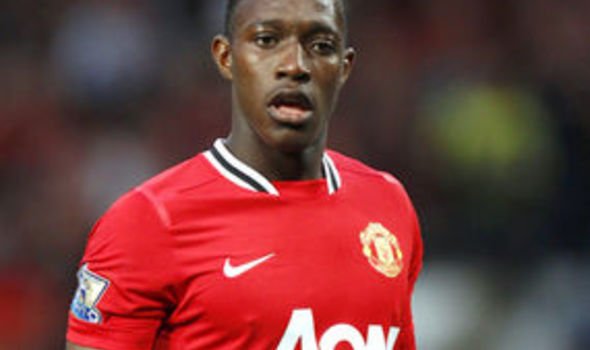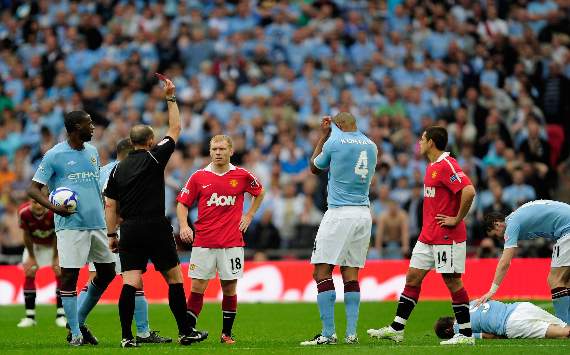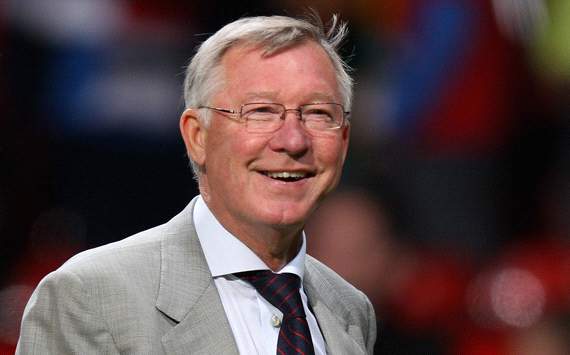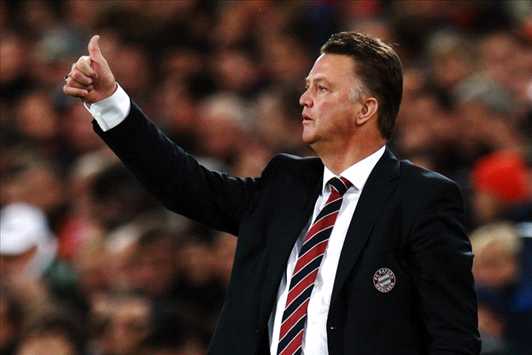Steven Goff of the Washington Post writes of the unique American ties that the staff of the Iran national team share.During a recent lunch hour in Tehran, Carlos Queiroz, head coach of Iran’s national soccer team, turned to his assistants and asked: “What do we all have in common?”
Omid Namazi knew the answer right away.
“We all had connections to American soccer,” Namazi recalled in a phone conversation with the Insider on Monday.
Queiroz, 58, the former Real Madrid boss and Manchester United assistant from Portugal, coached the New York/New Jersey MetroStars (now the New York Red Bulls) in their inaugural 1996 MLS season and worked with the U.S. Soccer Federation in player and team development.
For the rest of the story.....
Antonio Simoes, 67, a native of Portugal, played in the North American Soccer League and Major Indoor Soccer League, then coached at various levels.
Dan Gaspar, 56, is a former head coach at the University of Hartford and well-known goalkeeping specialist.
Belfast-born Mick McDermott, 45, played in a lower tier of the U.S. soccer pyramid and served as an assistant at Quinnipiac and Oregon State universities. He is Iran’s strength and conditioning coach.
And then there is Namazi, 46, the only member of the staff with Iranian family roots. Born in Utah, where his father attended college, Namazi lived in Tehran most of his youth before returning to the United States with his family and settling in the Washington area. He studied and played at West Virginia University.
His portfolio is dotted with 15 U.S. pro teams in 17 years, an eclectic mix of indoor and outdoor outfits that included the RFK Stadium-based Washington Diplomats and Columbia-based Maryland Bays in the American Soccer League/American Professional Soccer League between 1988 and 1991. Other stints were with, among others, the Baltimore Spirit, Los Angeles Salsa, New Jersey Stallions and Cleveland Force.
“Between teams that have folded, indoor teams and outdoors teams, coaching men and women, I’ve seen a lot,” he said. “A lot of things have happened. It’s all a journey.”
He has also served as head coach of six U.S. teams, most recently the Chicago Red Stars in Women’s Professional Soccer in 2010.
His ties to Queiroz date to the MetroStars, for whom Namazi made one appearance in 1996. But his connection to Iranian soccer were through Mohammad Khakpour, a former MetroStar and well-known figure in Iranian soccer. Last year Khakpour was hired to coach Steel Azin, a first-division club at the time, and invited Namazi to join the staff.
Khakpour didn’t last long in the position, but Namazi stayed on to assist the new leader. Gaspar had worked with Queiroz on other assignments, including the MetroStars, and when Queiroz was hired by Iran this past April, Gaspar reached out to Namazi. Aside from technical contributions, Namazi bridges language and cultural barriers.
Namazi, who visits his wife and children in New Jersey whenever possible, holds dual citizenship, but when traveling with the Iranian team, he often uses his U.S. passport.
Relations between the countries have been tense for decades and further deteriorated this month when the U.S. government accused agents of the Iranian government of being involved in a plot to assassinate the Saudi ambassador to the United States.
“The political issues haven’t come up while I’ve been here,” he said. “The most difficult part is that, here I am, an American taking over in a job that’s usually for an Iranian. So at the beginning, there was a lot of people saying, ‘Who is this guy?’ Queiroz has a lot of confidence in me, and people see that now, so it has helped in being accepted.”
Iran qualified for the World Cup in 1998 and 2006, the only win coming against the United States 13 years ago in Lyon.
In pursuit of a 2014 berth in Brazil, Iran began Asian qualifying by defeating the Maldives on a two-game aggregate, 5-0. In a third-round group, it has recorded two victories and a draw in the first three matches and is almost certain of securing one of the quartet’s two slots in next year’s final stage. Iran will play at Bahrain on Nov. 11 and Indonesia four days later.
Two Iranians play for Osasuna in Spain’s La Liga: midfielders Javad Nekounam and Masoud Shojaei. Nekounam is the second most-capped Iranian player in history (122) and fourth in goals (29). Most of the national squad, though, is based in the Iranian league.
“It is an interesting time,” Namazi said. “Now that Queiroz has come in, there’s a lot of hope. People are getting excited again. The expectations are going up.”
 Bob Bradley on being an American in charge of the Egyptian national team-
Bob Bradley on being an American in charge of the Egyptian national team-




































